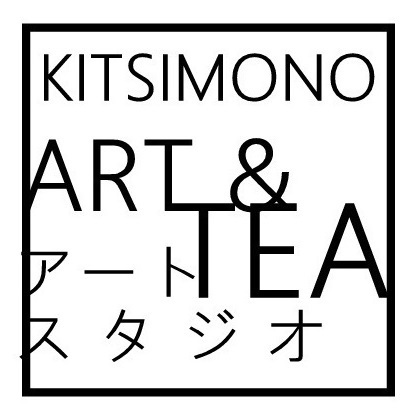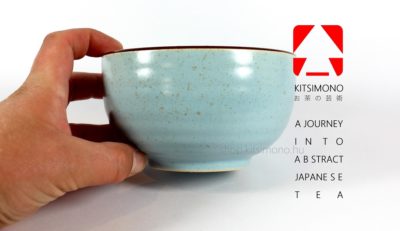The current ones are fresh for tea ceramics and the arrival of Genmaicha green tea and we have to say that we are heartily happy that we have barely filled the first tea ceramic sets, you are already taking them. We very much seem to have managed to give you a good price, which is partly due to the generosity of our Chinese source and the fact that you are looking at what the webshop has to offer. We will continue to make sure our products are to your liking and try to bring things that are not announced in the news.


Three teapots, three, not six, or three … it doesn’t matter. So with teacups…
It’s a filthy thing when one suddenly sells a good little pu erh teapot and isn’t on hand or simply has to renew it because we’ve been using the same one for years and it’s starting to flash in our instagram feed the same pot in the many posts. To this came the idea that we have brought three kinds of similar ones for the time being, which hit the Taiwan and Chinese flows hard so that they go smoothly in the insights of both modern and traditional images and are value for money.
Regardless of the somewhat selfish and self-expressing communal outward look, by the way, we dare to recommend the unglazed design for romantic creations only for Chinese red teas. For those who think within traditional tea philosophies, we couldn’t even tell you to just make shu pu erh tea in it! If you are a modern teamaker or don’t stop here and make only green teas in it – from here it will be roughly urbantea and take it with you that you can never put wulong or oolong in it after that …
Not so with porcelain sets! Well, they don’t matter, because the neutral gift of porcelain over unglazed clays is that it can be cleaned sterile – so every tea will have a clean taste. It is better than glass because it does not show fingerprints and is less fragile.

There’s something else here. We managed to get a pretty good Genmaicha tea, which is made in Japan by the organic process and the roasted rice is made from brown rice and in addition to being 100% natural tea, the raw material from which organic bancha green tea is based. So it is evident that this Genmaicha is also a green tea and accordingly easy to make and in many areas of life and gastronomy not only it comes in handy but is enjoyable and healthy at the same time.
It’s especially charming when a Japanese tea becomes (also) an American name and the underground (secondary) name is born that says (now listen because it’s official) Popcorn tea! We won’t tell you why this name was given to him because it’s in the product description and we’d rather read it there. What we are talking about, though, is that in an interesting and somewhat funny way, the younger Japanese generations prefer to call Genmai chat popcorn tea out of kawais for a certain percentage … What do we say about that? Of course I want you to taste it!










Leave A Comment